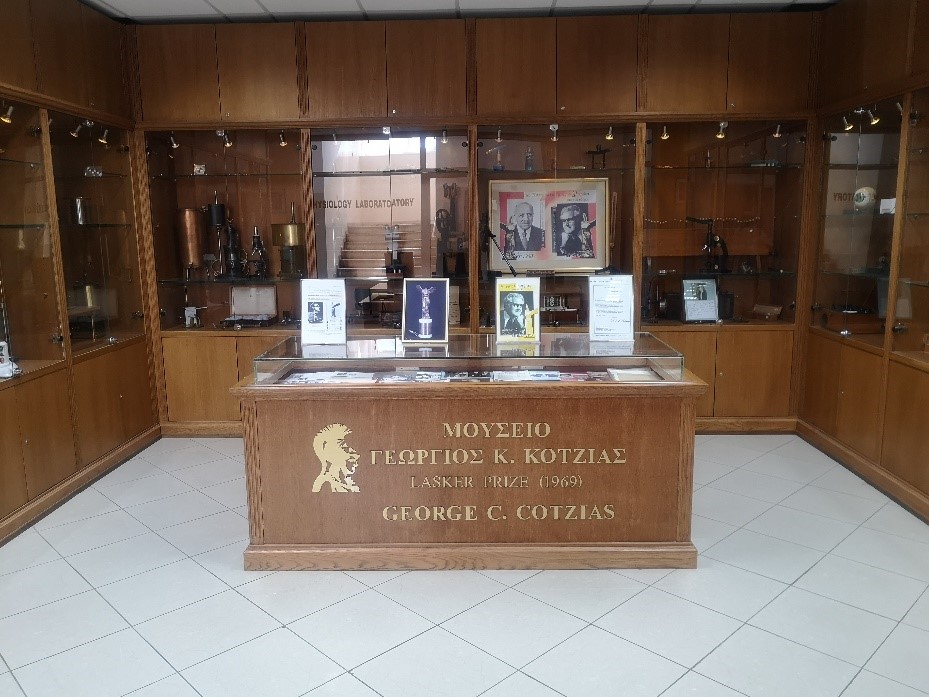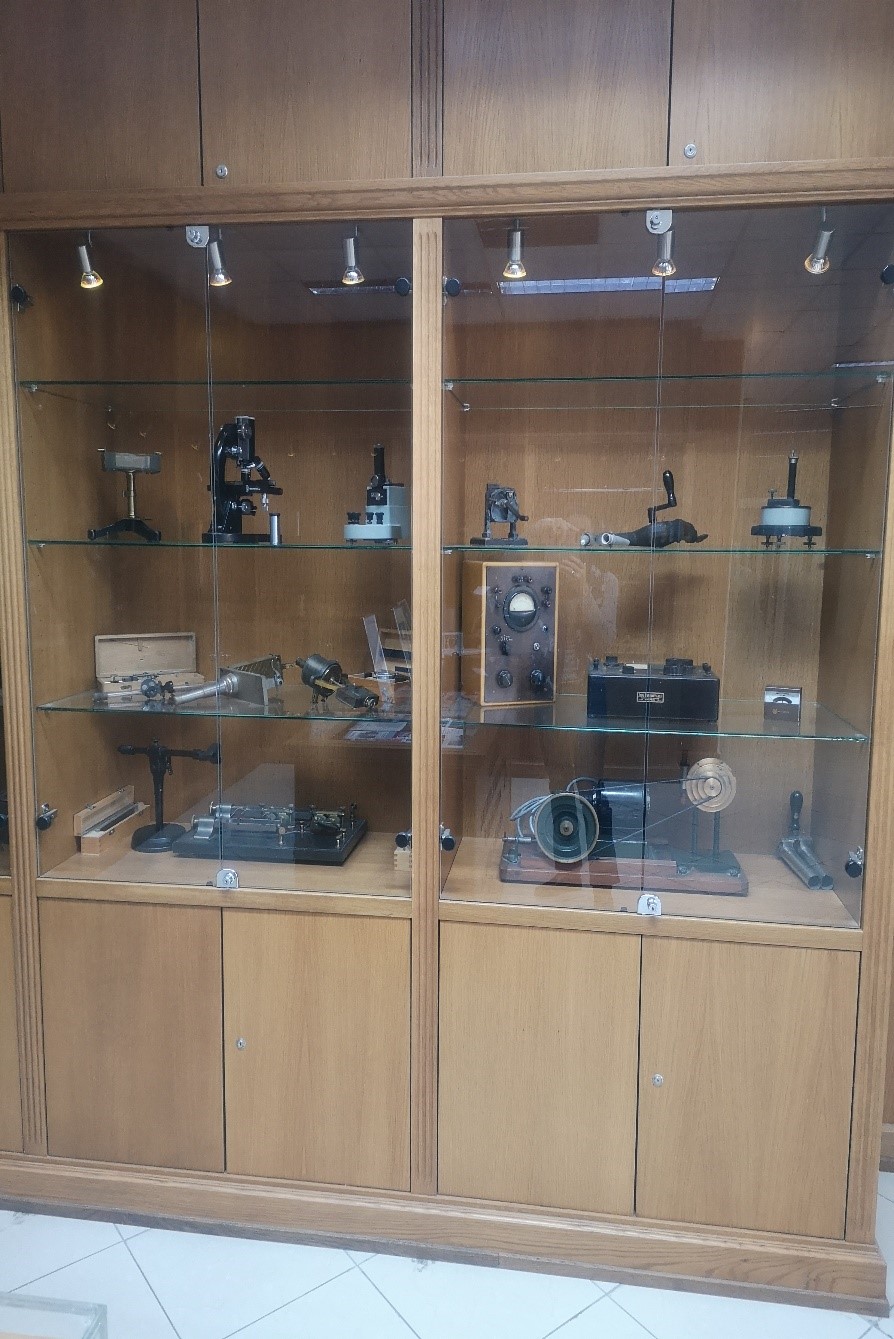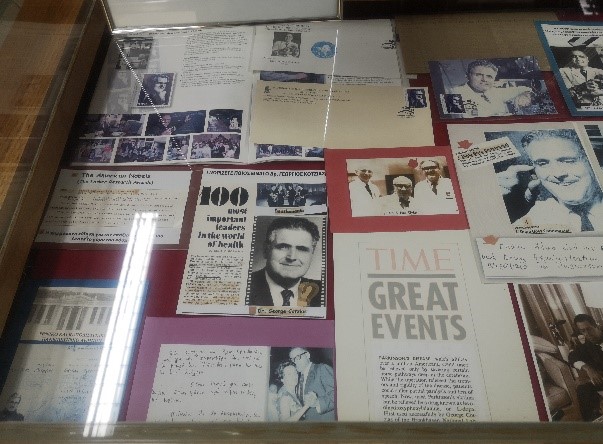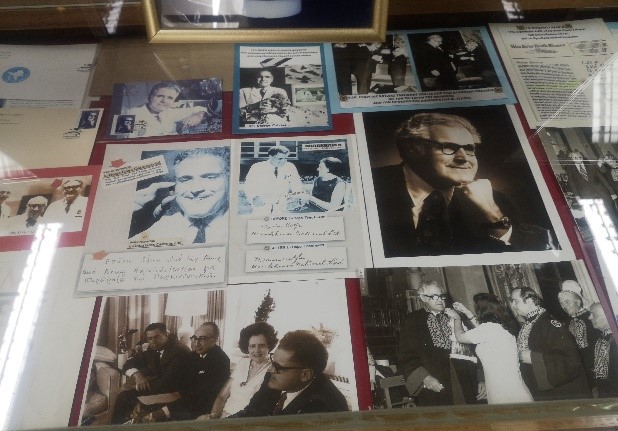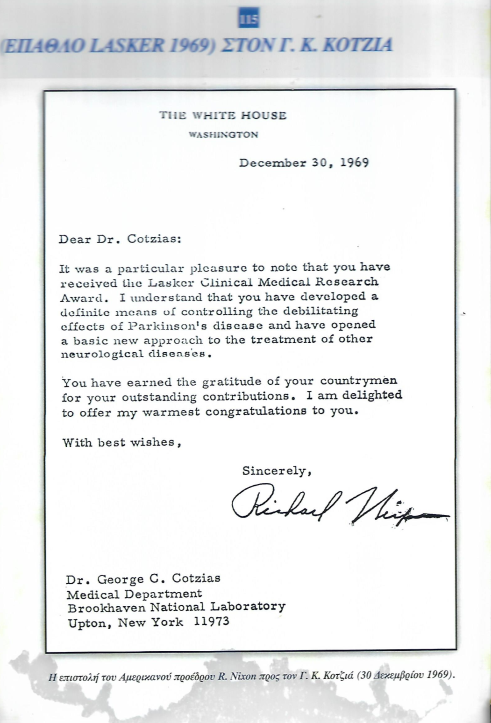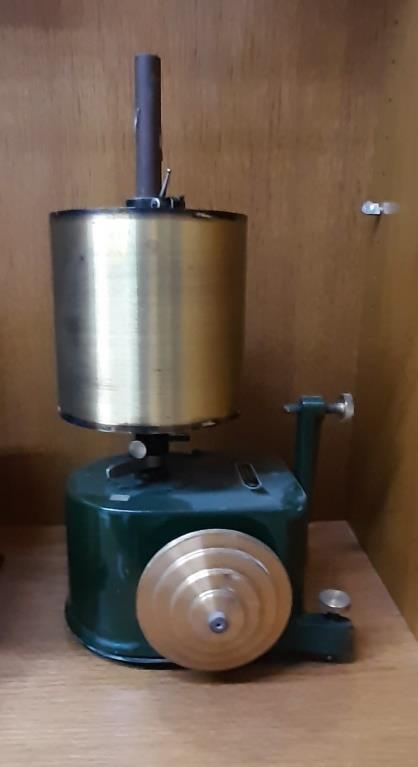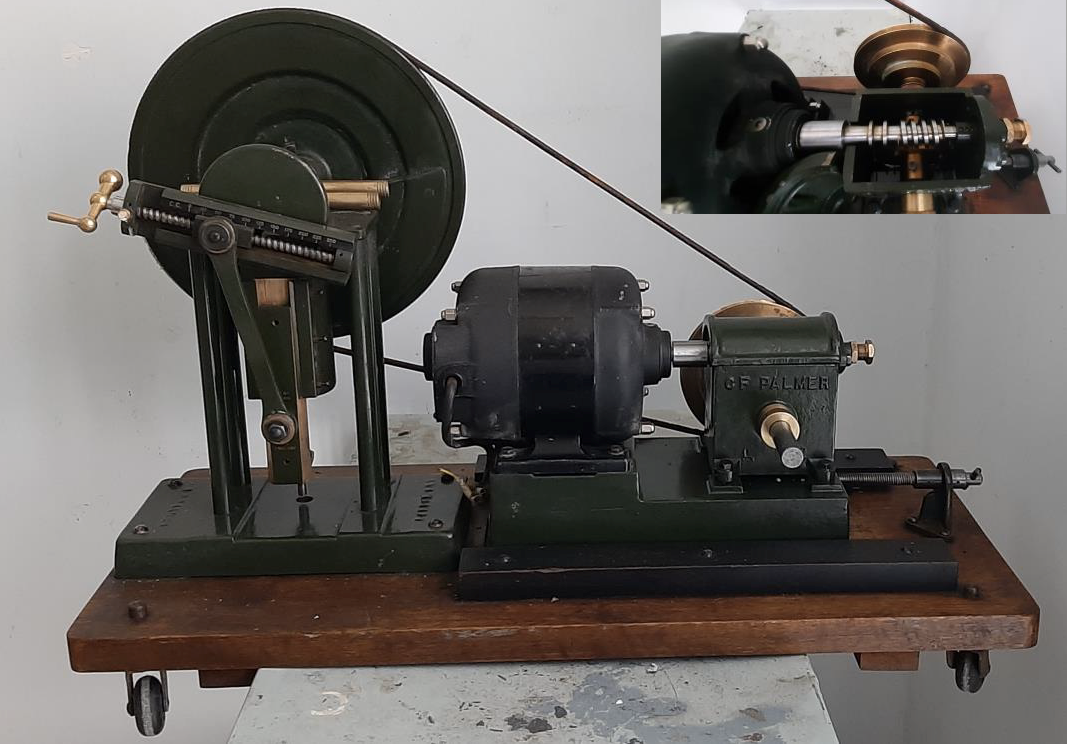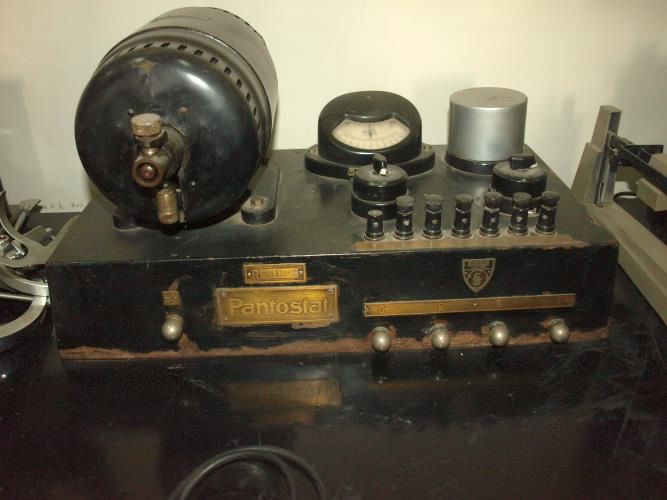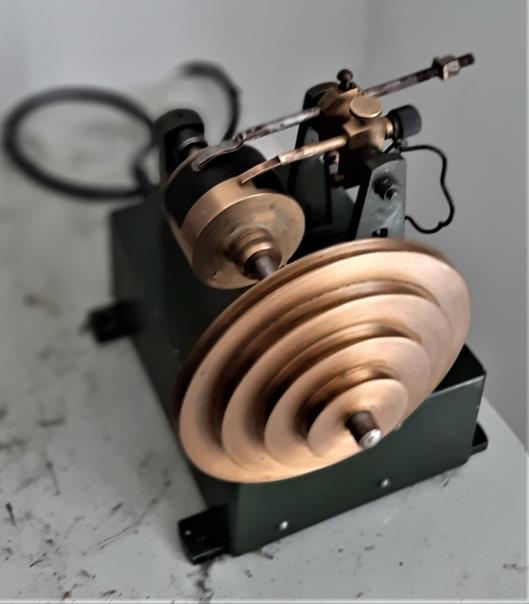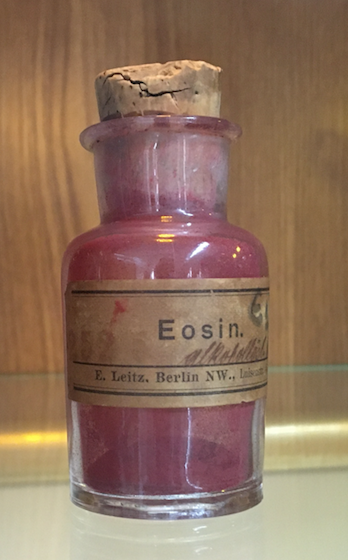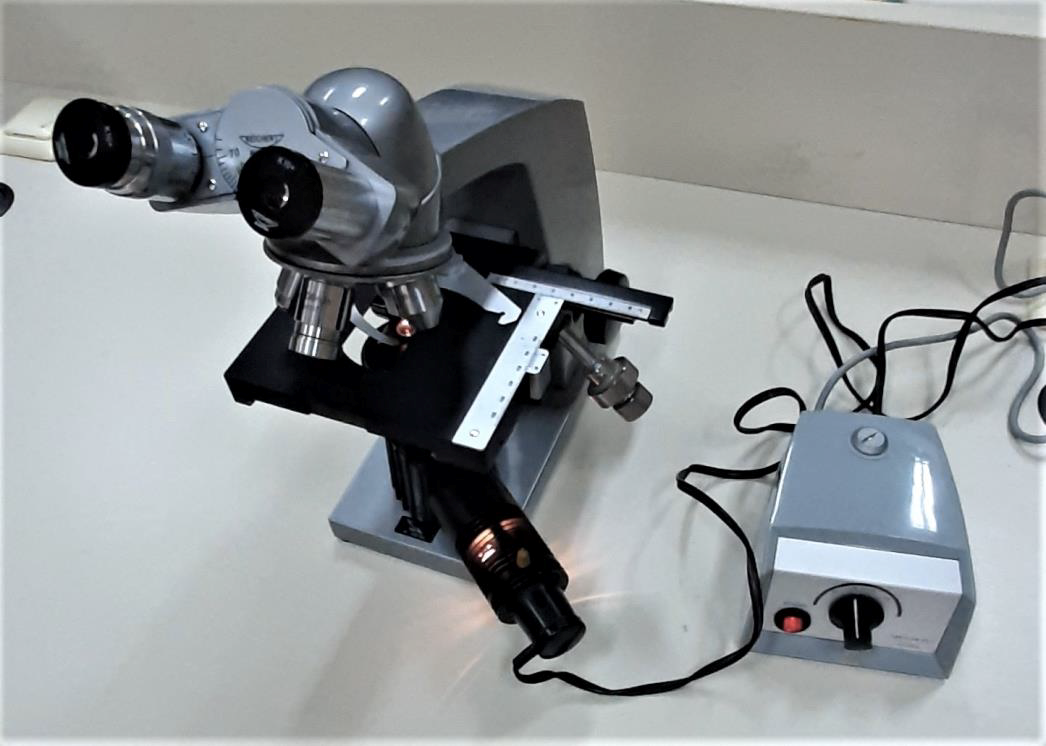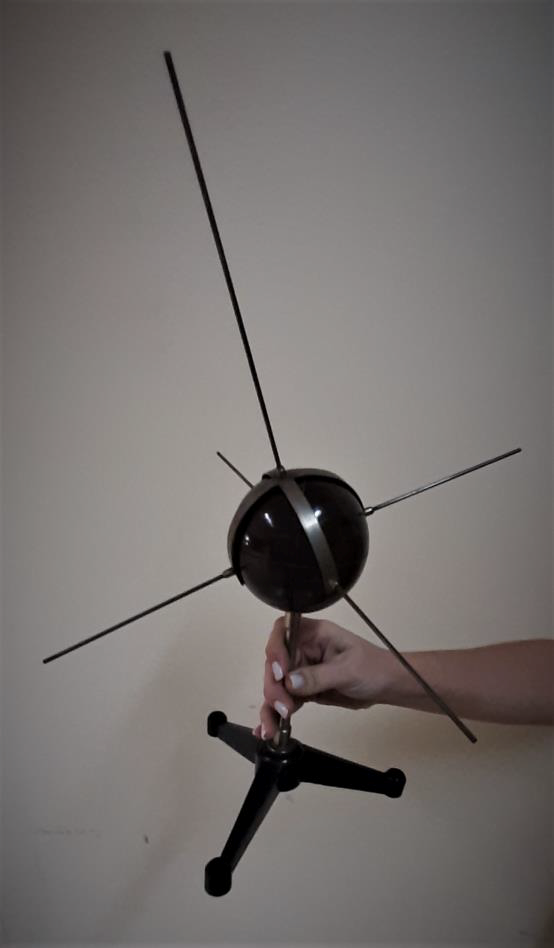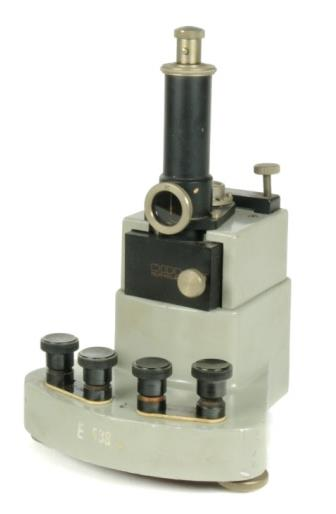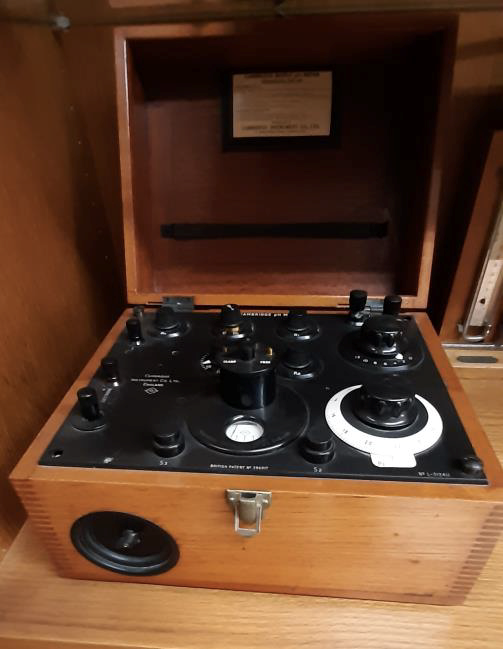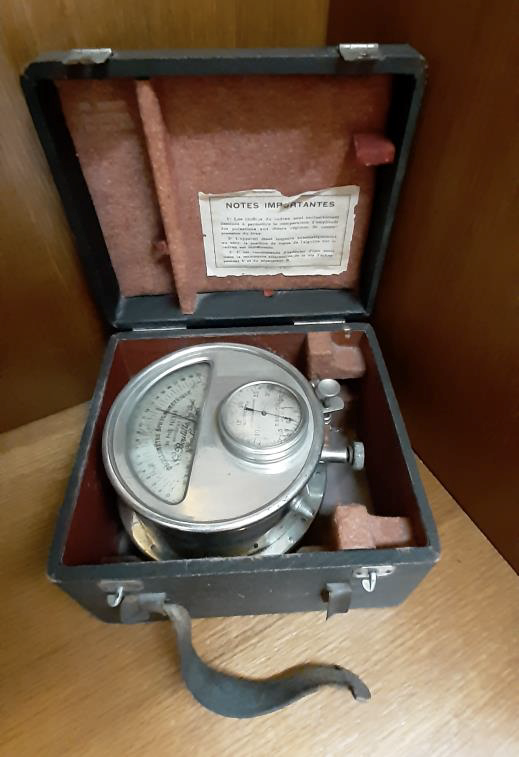Identity
The objectives of the "Georgios Kotzias" Physiology Museum include A) Addressing the undergraduate and graduate teaching and research needs of the Medical School and other departments or schools of the National and Kapodistrian University of Athens on issues that fall within the scope of the Museum, as defined in articles 1 &2 of its internal regulations. B) Collaboration with museums, research centers, and academic institutions in Greece and abroad, provided that their scientific objectives coincide with and complement those of the Physiology Museum "Georgios Kotzias." C) Participating in European educational and research programs relevant to the Museum's theme which contribute to the mobility and collaboration of researchers, exchanging teachers and students, and disseminating scientific knowledge and experience. D) Organizing scientific lectures, workshops, seminars, symposia, conferences, and other scientific events relevant to the Museum's subject and inviting Greek and foreign scientists of international esteem to these events. E) Contributing to the theoretical investigation or the applied undertaking of problems in the context of Physiology, in the whole spectrum of related or not scientific disciplines, such as Biology, Genetics, Archaeology, and History. F) The dissemination of academically cultivated knowledge to society as a whole.
History
The "Georgios Kotzias" Museum of Physiology of the Medical School of the School of Health Sciences of the National and Kapodistrian University of Athens, as described in article 297 of Law 5343/1932 (Government Gazette 86 A'), is part of the Department of Basic Medical Sciences and serves the research and educational needs in Physiology, supporting, in general, the development of basic and applied biomedical research. Its internal regulation was established and determined in Government Gazette 2350/Issue B', Act Number 230/16.06.2020. It is directed by a member of the Teaching and Research Staff (DEP) of the Medical School of the National and Kapodistrian University of Athens with a specialty in "Experimental Physiology," elected per the proper procedure. The Director is responsible for the administrative and overall operation of the Museum and is assisted by a three-member Museum Committee. He coordinates and supervises the work of the Museum and chairs the Committee. The task of the Museum Committee is to tend to the collections and the building infrastructure, secure funds, manage the Museum's staff, and the institution's operational, educational, and research policy. The 'Georgios Kotzias' Museum of Physiology is staffed with a) members of the Teaching and Research Staff (DEP) of the Medical School, with a specialty in (Experimental) Physiology b) members of the Laboratory Teaching Staff (EDIP) c) members of the Special Technical Laboratory Staff (ETEP) d) members of other scientific, administrative and security personnel who are employed at the Museum per the applicable legislation.
Types of audiences
The "Georgios Kotzias" Museum of Physiology is addressed mainly to A) undergraduate and graduate students, covering the teaching and research needs of the Medical School as well as departments or schools of the National and Kapodistrian University of Athens on issues that fall within the scope of the Museum, B) to any museum, research center and academic institution in Greece and abroad whose scientific objectives, coincide, correspond and match those of the "Georgios Kotzias" Museum of Physiology, C) private individuals, providing services per the Presidential Decree 159/1984 "Conditions for providing services by university laboratories to individuals and any legal entity or organization" (A53), D) to the society as a whole aspiring to spread the academically cultivated knowledge.
Collections & Exhibitions
The Museum's collections are classified into thematic units and, in particular, into two (2) specialized groups: a) the historical instruments of Physiology and b) the historical archive of G. Kotzias. The number of the collections can increase on the recommendation of the Director of the Museum. The collections' management aims to systematically preserve, exhibit, and develop their content and enrich the relevant scientific data on their origin and documentation. The Museum compiles archives of recordings, visual material, and other documenting material for its collections. The documentation concerns the conventional, computerized and digitized process of collecting, organizing, storing, and distributing the information related to the origin and scientific study of the objects of the collections. The management of the collections aims at the systematic preservation, use, exhibition, and development of the number of objects and the relevant scientific information for their origin and documentation. Indicatory material of the most important exhibits of the Museum of Physiology "Georgios Kotzias" is included in an accompanying archive posted on the appropriate digital platform.
Events & Activities
The "Georgios Kotzias" Physiology Museum engages in the following: A) organizing scientific lectures, workshops, seminars, symposia, conferences, and other scientific events and inviting Greek and foreign scientists of international esteem to such events, B) compiling and presenting temporary or permanent physiology or related content exhibitions throughout the country, C) hosting, as in permanently or temporarily borrowing exhibits from other collections or museums and exhibiting them in its premises, D) participating in European educational and research projects that contribute to the researchers’ mobility and collaboration, the exchange of teachers and students and the dissemination of scientific knowledge and experience.
Accessibility
The "Georgios Kotzias" Physiology Museum is fully accessible to physically challenged people through a special lift that can carry wheelchairs of large dimensions and weight up to the Museum level (elevated ground floor).
Terms of Operation
The "Georgios Kotzias" Physiology Museum operates and is open to visitors on working days and hours, and it can run on weekends and holidays, upon request and arrangement.
Director: Anastasios Filippou, Associate Professor, Medical School.
Decision of Establishment
Government Gazette 2350/Issue B', Act Number 230/16.06.2020

